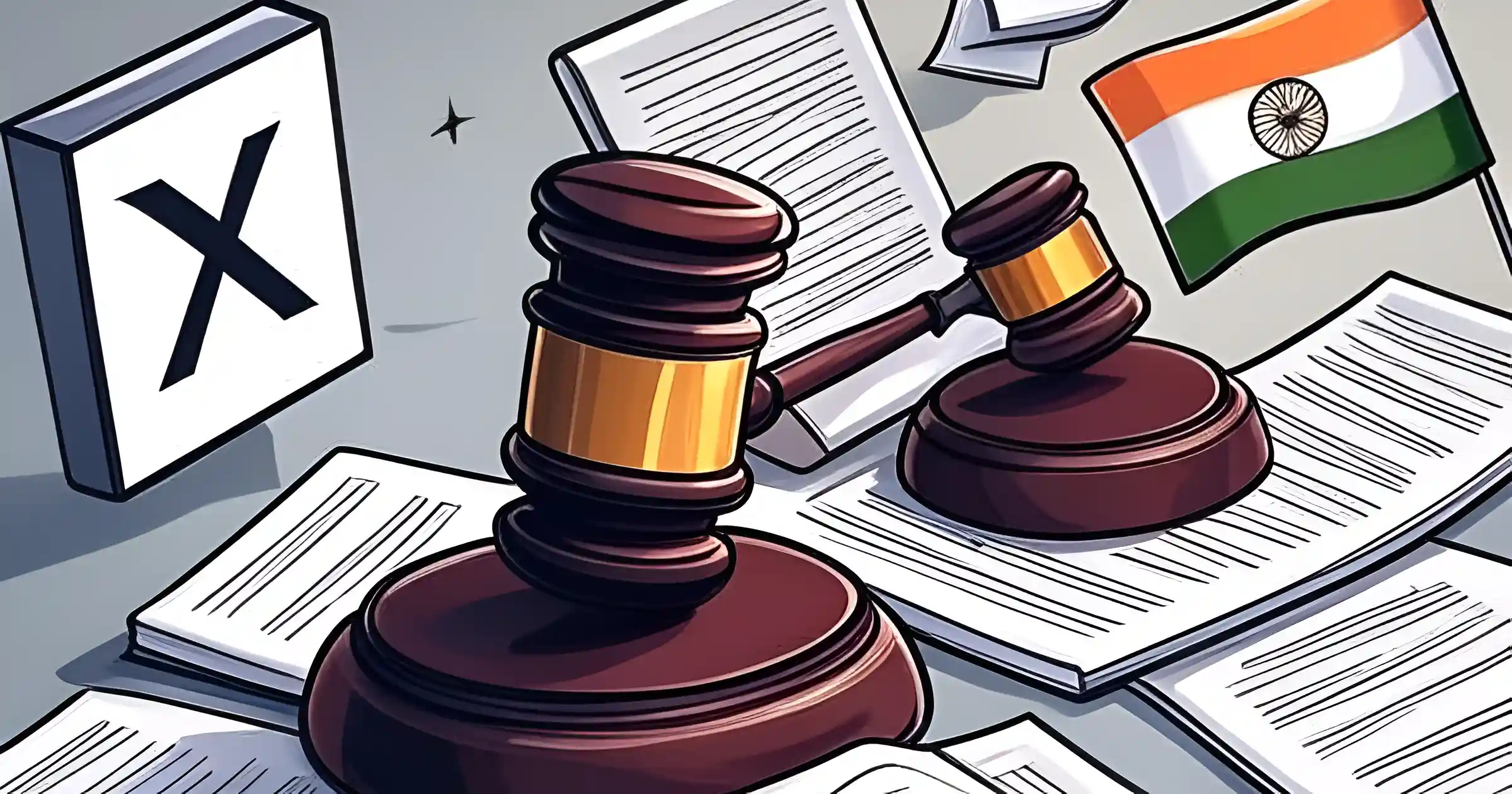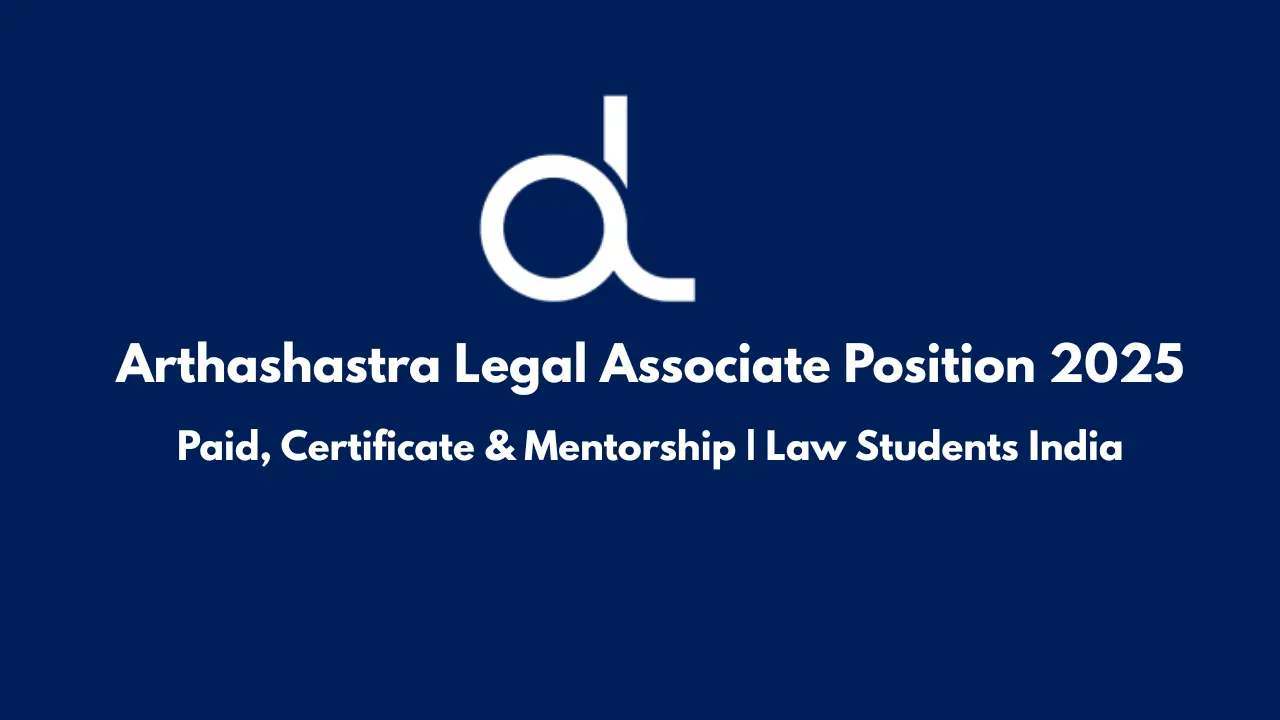NEW DELHI, Sept. 2, 2025 — Social media platform X (formerly Twitter) has escalated its confrontation with the Indian government after disclosing that it was directed under Section 69A of the Information Technology Act, 2000 to block 2,355 accounts in July. The company has not only approached the courts but has also refused to integrate with SAHYOG, the government’s centralised portal for content takedown requests, calling into question the transparency of takedown mechanisms.
X Takes Legal Route Over Blocking Orders
The Ministry of Electronics and Information Technology (MeitY) issued blocking directions under Section 69A, citing national security and public order concerns. While platforms routinely comply with such orders, X’s decision to contest the directives and publicly disclose them has put a spotlight on India’s expanding digital regulatory architecture.
The company has also challenged the government’s reliance on Section 79(3)(b)—a key safe harbour clause for intermediaries—arguing that India’s takedown practices lack procedural safeguards and oversight.
SAHYOG Portal Rejection Raises Questions
X has declined to join SAHYOG, a government-run interface designed to speed up takedown communication between officials and platforms. Critics warn that portals like SAHYOG, which operate outside the formal Section 69A process, risk bypassing statutory checks, leaving audit trails thin and discretion wide.
For X, staying outside the portal’s ecosystem allows the company to retain distribution control and limit operational risks. Legal experts suggest this approach shifts accountability back onto the government to provide written reasons and review mechanisms for each takedown.
Incentives Over Ideology
While X’s pushback is being hailed by some as a defence of free speech, analysts see a strategic move to protect its platform economics. Centralised portals could lead to bulk removals and regulatory overreach, while formal legal channels impose due diligence obligations on the state.
“Principles and incentives often align here,” says a Delhi-based tech law practitioner. “By resisting opaque takedown systems, X reduces compliance exposure while appearing to champion rights.”
What This Means for Law Students and Practitioners
This case sits at the intersection of free expression, intermediary liability, and regulatory control in India’s digital governance. Key takeaways:
- Audit Trails Matter: Section 69A’s procedural safeguards could strengthen accountability compared to opaque, portal-driven systems.
- Safe Harbour Precedents: How courts interpret Section 79(3)(b) will impact intermediary obligations.
- Corporate Strategy Meets Rights: Tech companies optimise for operational security; rights protection can be a beneficial by-product.
- Policy Drafting Insight: Future petitions and legislation may hinge on whether courts insist on greater procedural transparency.
Closing
X’s refusal to plug into SAHYOG and its legal challenge to blocking orders signals a new phase in India’s digital regulation battles. Whether this fight is a principled stand or a calculated play for distribution control, it sets a precedent that will shape how online speech is governed.
For students of law and tech policy, this standoff is a reminder that civil liberties often rise and fall not just on principle but on incentives.




